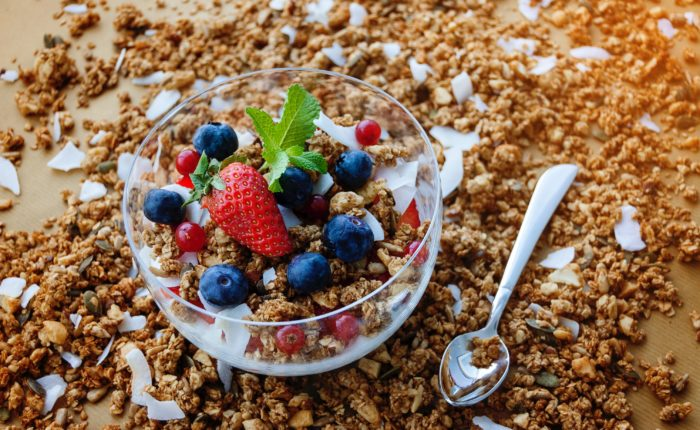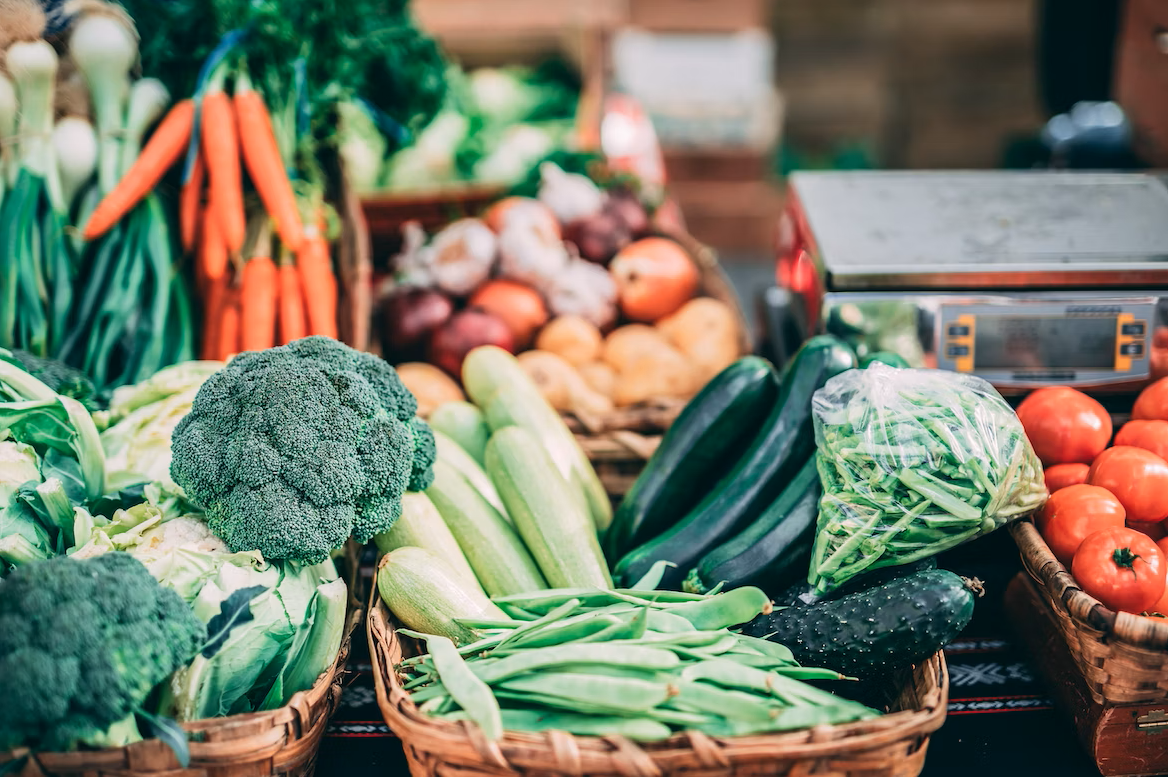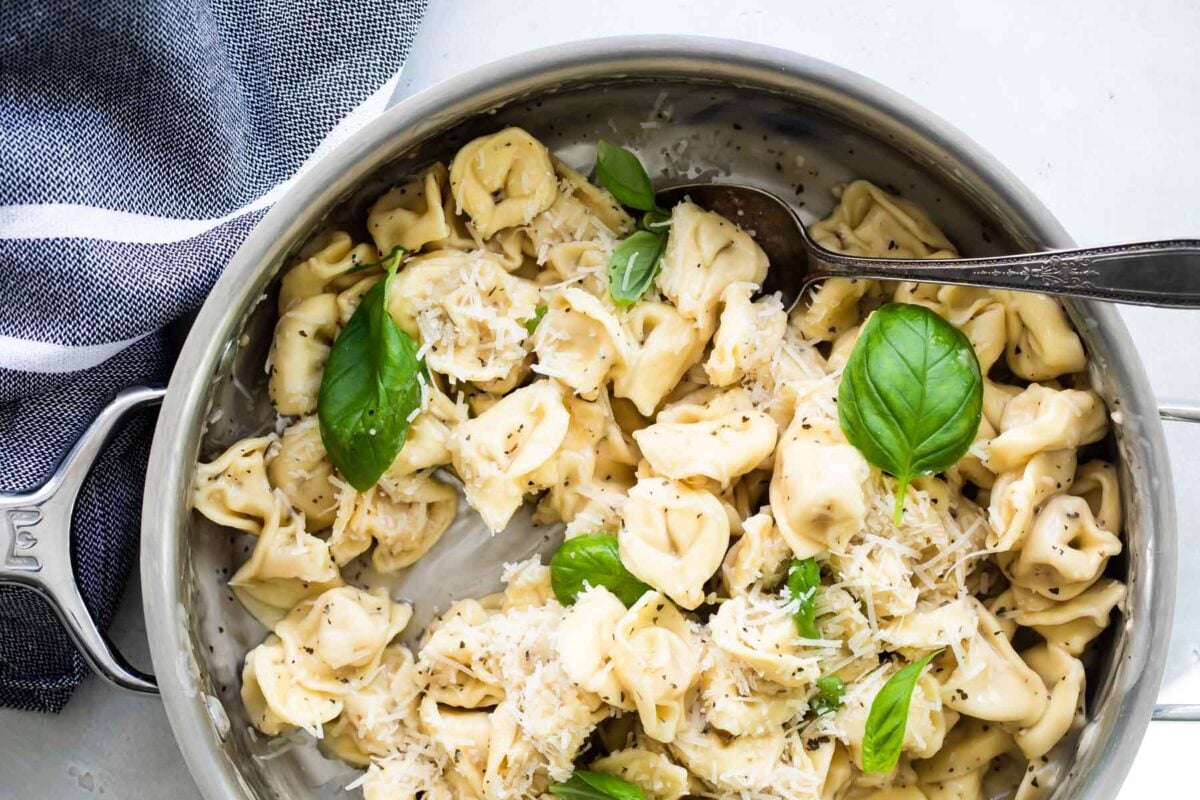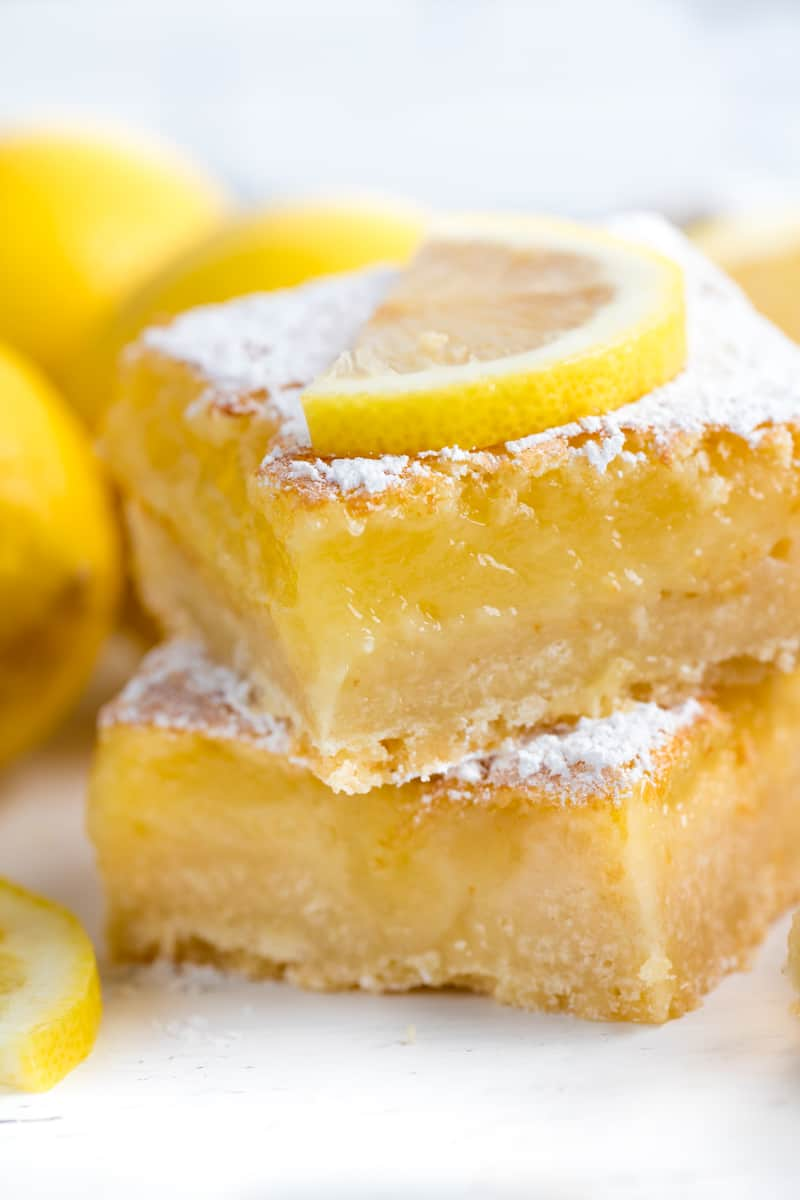
The Lemon Bar occupies a quirky culinary estate, the sun-drenched area of Lemon Lane, between the meringue pie and the fancy lemon tower. This is a large part of the town, where rents are cheap and the neighbors are very friendly, and will soon lend a cup of sugar to people in need.
A good thing, too, because the lemon bars don't nestle under the soft meringue, they need a lot of sugar to balance the sourness. This makes them sweeter than pie and more like custard, although not as good as egg yolk curds; unlike the French pie next door, the lemon bars are not as rich.
Perhaps this is why so many culinary architects make a mistake in pragmatism, using only whole eggs to make lemon bars. This is a good idea, but it is a softer foundation, it tends to slowly penetrate the boundaries of the property, so to speak, is a messy snack. Some people use a thinner (some might say stingy) filling layer to solve this problem, while others move on, baking their bars thoroughly like a cake, turning the custard into lumps and weird stuff. Others turn to a spoonful of cornstarch and accept a cloudy custard as the price of stability.
But the lemon bars of my childhood are another type, the thick slats are as yellow as daffodils, and as clear as a spring afternoon-no turbid cornstarch can be seen! I'm not sure which church lady I should owe to impressing me so deeply, but that is the image I always think of. After a lot of trial and error, I found that the trick to thick lemon bars without cornstarch is to make custard with equal parts of whole eggs and egg yolks, calculated by weight. This ratio provides enough extra egg yolk for the structure without turning the custard into a super thick curd.
Of course, if my shell is just a mushy afterthought, perfecting the filling will be futile. And, although a good crust should be able to hold the custard for a few days without turning into a pile of mash, it should also be more than an edible plate. For this reason, my version has almost no sugar, garnished with lemon zest, buttery but light-just like classic sugar biscuits and lemon shortbread.
For such a mixed texture, I must avoid the puffing factors associated with butter and sugar, while also avoiding chewy eggs. (If you remember Cookie Science 101, the eggless dough is more tender.) These adjustments mean that there are no friction or liquid ingredients to help dissolve the sugar. These conditions require powdered sugar-once my biggest nemesis, but now I am trustworthy
friend.
*More on here, but tl;dr: Organic powdered sugar is usually made from raw sucrose and tapioca starch, which is a more delicious and less chalky combination.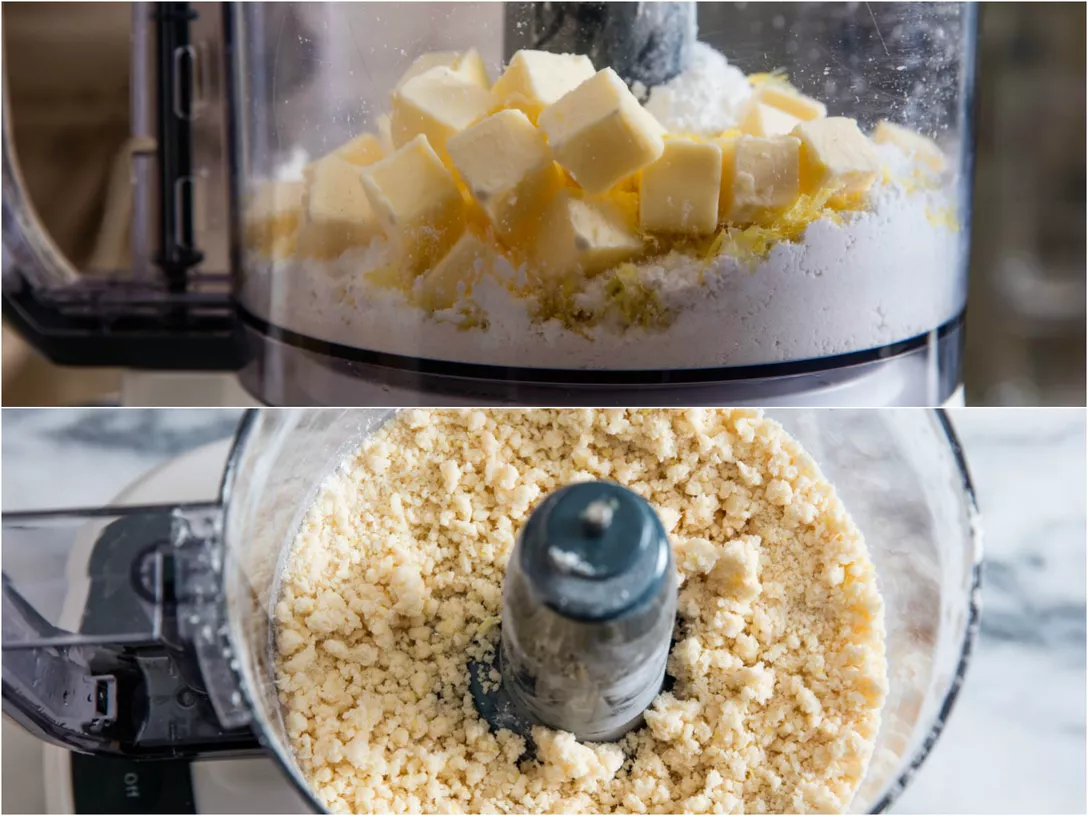
In essence, the dough is more suitable for food processors, it can tear the cold butter to coat the flour with fat (thus shortening the potential length of each gluten chain). Because it all fuse together at lightning speed, the butter stays cold, making the dry meal more like Dippin' Dots than the dough, and it is easy to spill in an anodized aluminum pan lined with parchment paper.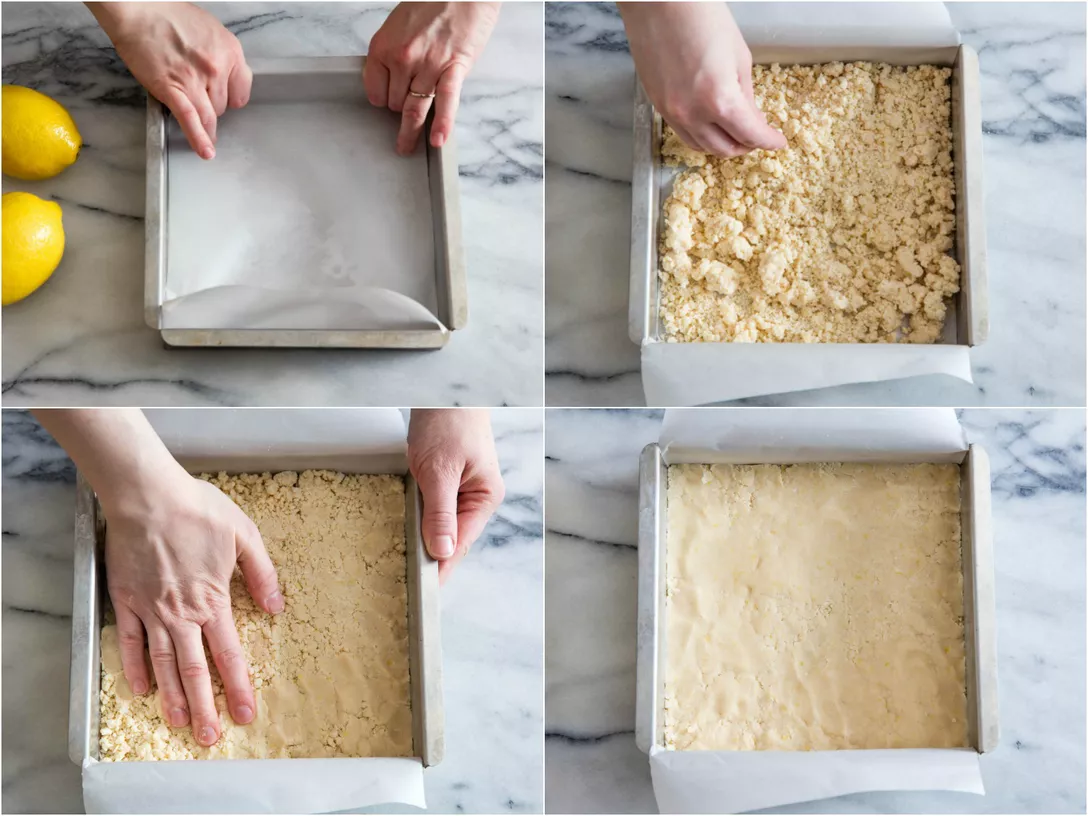
Yes, there are many adjectives describing bakeware, but they are all important. We will talk about parchment later, but what about the others? Well, non-aluminum options, such as glass and ceramic, can retain heat for a long time, which can cause lemon bars to overcook. In addition, their size tends to make steel bars too thin. Metal cake pans cool faster, but few people own a set of stainless steel pans. This is where anodized aluminum comes in.
This may not be a term you actively understand, but anodizing is what makes the iPad mini look so overbearing, and why some lightweight cake pans never rust. Anodizing is a manufacturing process in which when a metal sheet is immersed in an acid electrolyte bath, it sends electrical charges through the metal sheet. As a result, shall we say, shock therapy is such a cold metal that it will not even respond to the acidic fluids that seek to fight. Without anodizing, citric acid + unprocessed aluminum = stale, old tin-flavored sticks.
Put the crust in the pan on the right and bake it until golden brown. I prepare the filling on the stove. Likewise, everything from the pot to the stirrer must be non-reactive (in these cases, this usually means stainless steel) is very important, but otherwise easy to prepare. Just mix the egg and egg yolk, add the lemon zest and sugar, and then stir until smooth.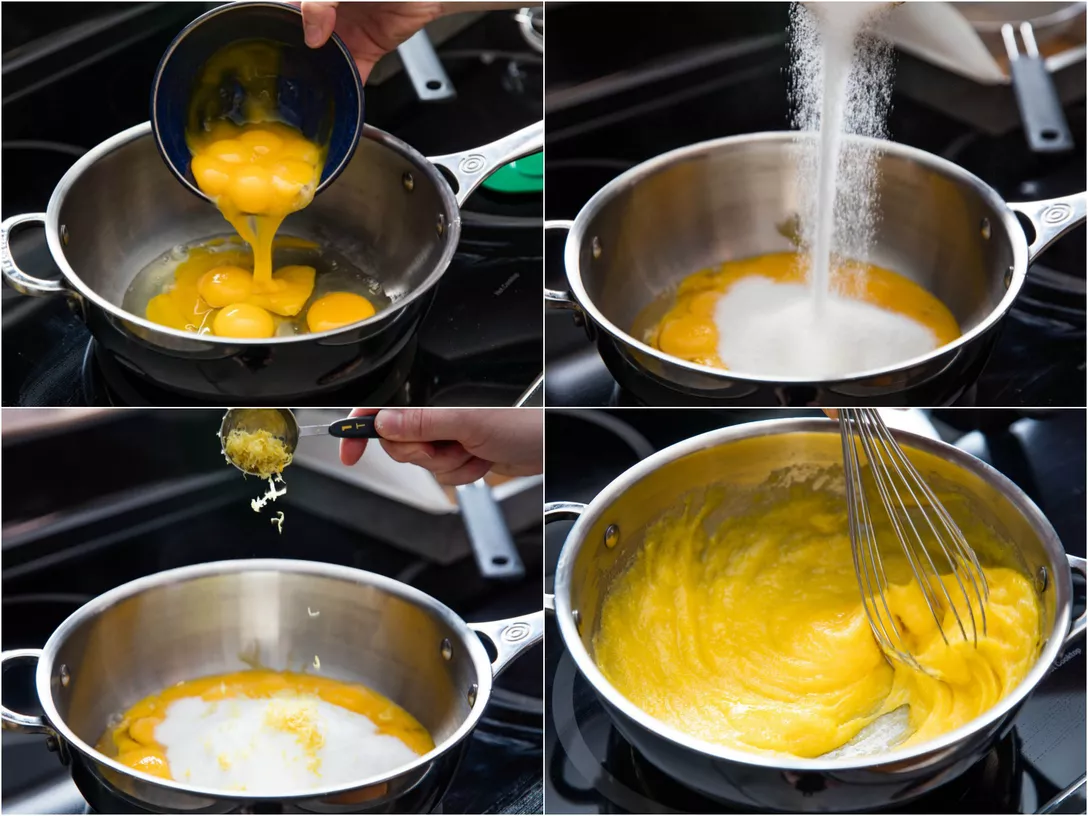
Yes, that's right, directly in the pot-no tempering required! Scooping the hot liquid while stirring with one hand is like having to rub your head and pat your stomach-annoying at best. Doubly so, considering the additional dishes. When handling eggs and hot liquids, tempering is reasonable, which is inherent to any infusion (such as vanilla soaked in milk). However, when mixing eggs with room temperature ingredients (such as fresh lemon juice), as long as everything is slowly heated at low temperatures, there is no need.
Once you have eliminated the chill, you can open the dial and let the digital thermometer be your guide. Although egg yolks and egg whites usually set at around 140°F and 150°F, respectively, sugar will delay the process by about 10 degrees. To get a thick enough custard, it needs to be higher, about 170°F.
Cooking on the stovetop can precisely control the final texture of the custard, which is better than shaking the hot pan in the oven and wondering how "shaking" it should be (or trying to use Thermapen to test a relatively shallow filling layer is preferable) and hope you don't hit the crust).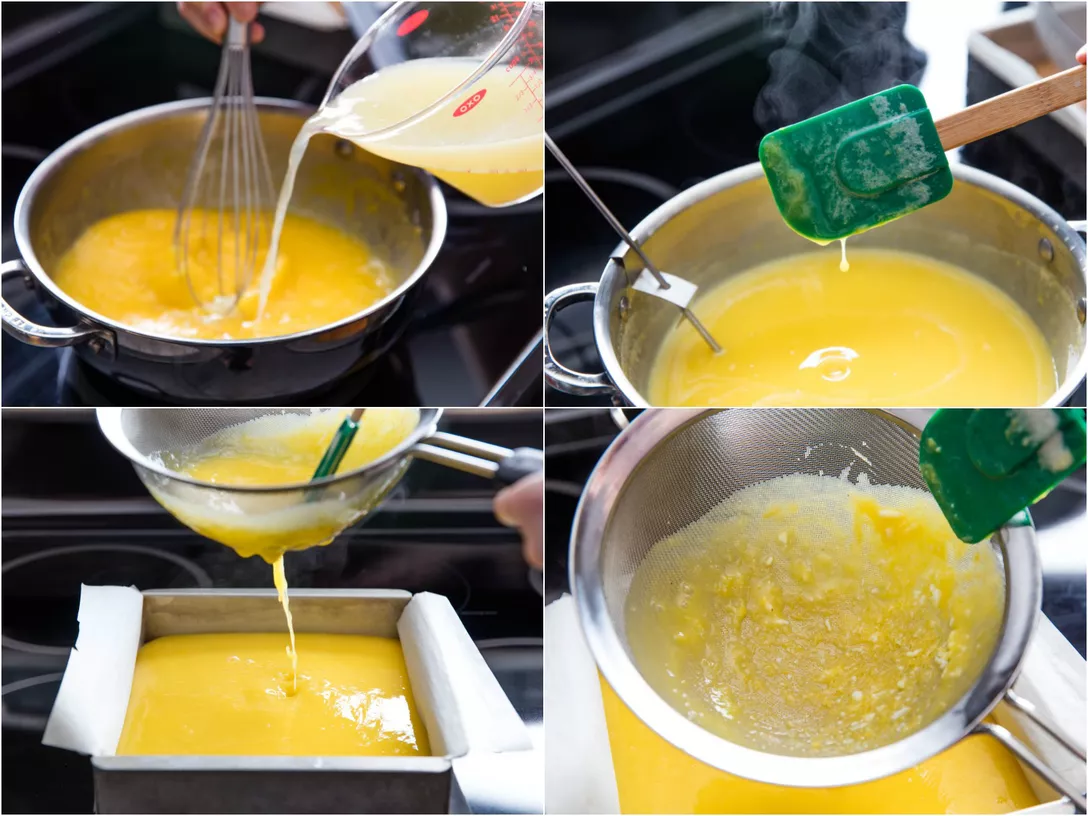
Stove cooking also means that I can filter the custard as it crosses the crust, eliminating the condensed chalazion lumps and jam that has lost its lemon aroma. After that, I covered my lemon bars with foil to capture the steam, and then threw them into the oven, where a few minutes of warmth would spread the filling to the perfect level and the mirror surface was smooth.
Necessary? Do not. But it is a simple touch that makes the lemon bars as stunning as any French pie.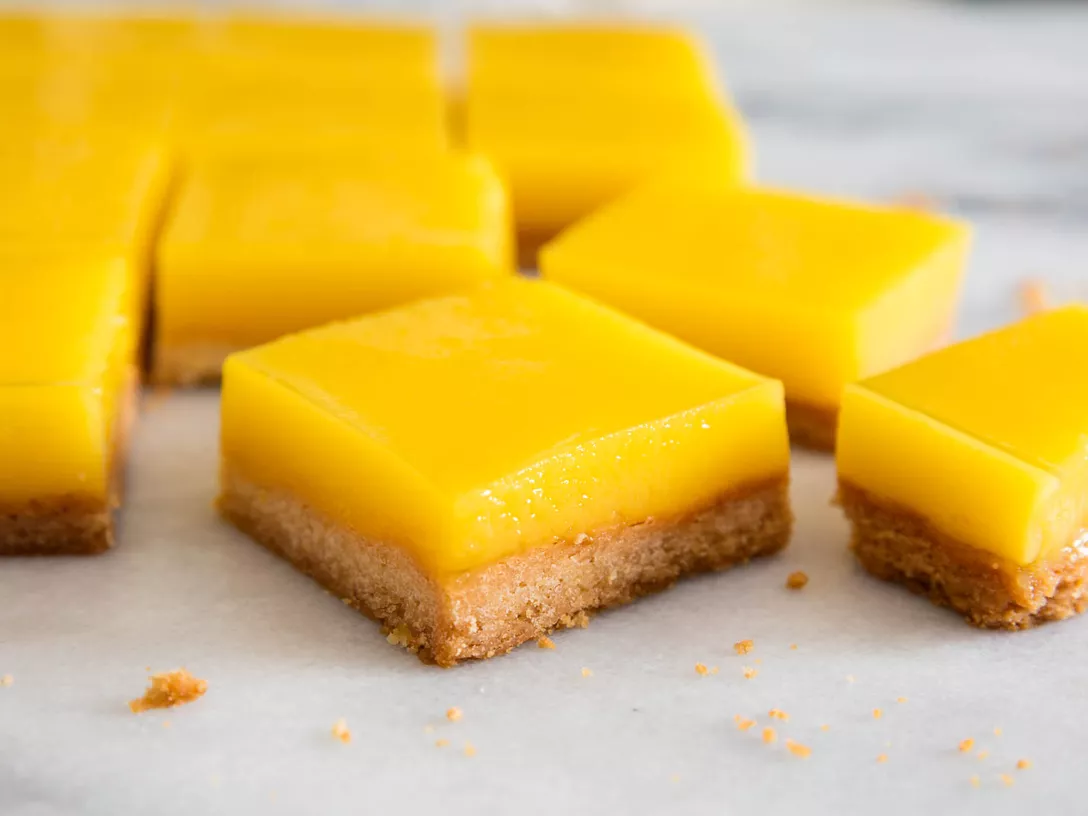
Once cooled to room temperature, the lemon strips are cooled and transferred to a cutting board (so the parchment paper above pulls them loose). You might be tempted to submit this file under "Fuzzy, Smart Steps I Don't Care", but wait! Cutting the strips in the pan will a) dull your knife, b) scratch your pan, c) make it easier for future cakes or crusts to stick, and d) destroy the anodized surface, which e) negates it. Non-reactive, meaning, oh, f) Your future lemon bars taste like a penny.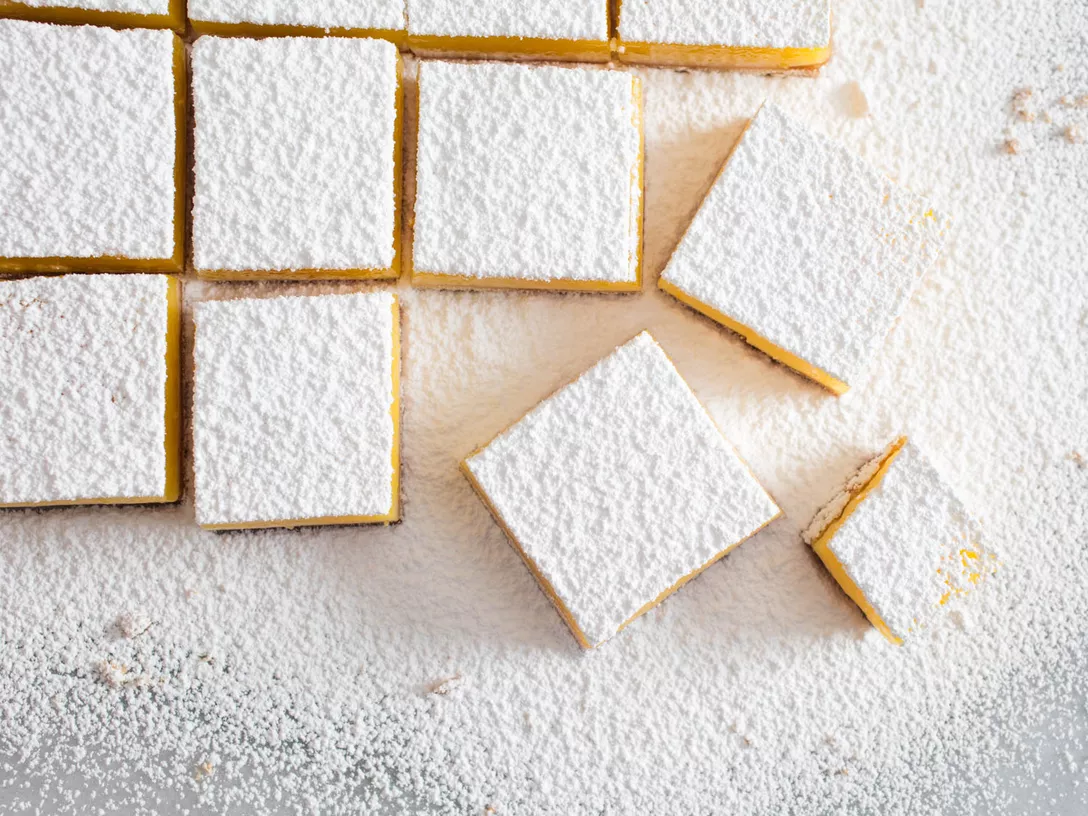
In addition, using a cutting board, you will be able to cut the bars into the most gorgeous geometric squares. Pack them for picnics and dinners (high-sugar and high-acid bars work well at room temperature), or take them out of the refrigerator, as cool and refreshing as lemonade.
Like any self-respecting American, I sprinkle powdered sugar on a lemon stick.
Except for the sweetness of the sour filling, it may not add much, but it is difficult to exaggerate its visual appeal-a flawless white area that makes the edges look crisper and the custard is more radiant.
If powdered sugar isn't usually your cup of tea, you may appreciate the mellower sweetness of organic brands; just be aware that the organic sugar will begin to melt within 15 minutes. Conventional brands taste a little chalkier, but they'll widen that window to about a half hour.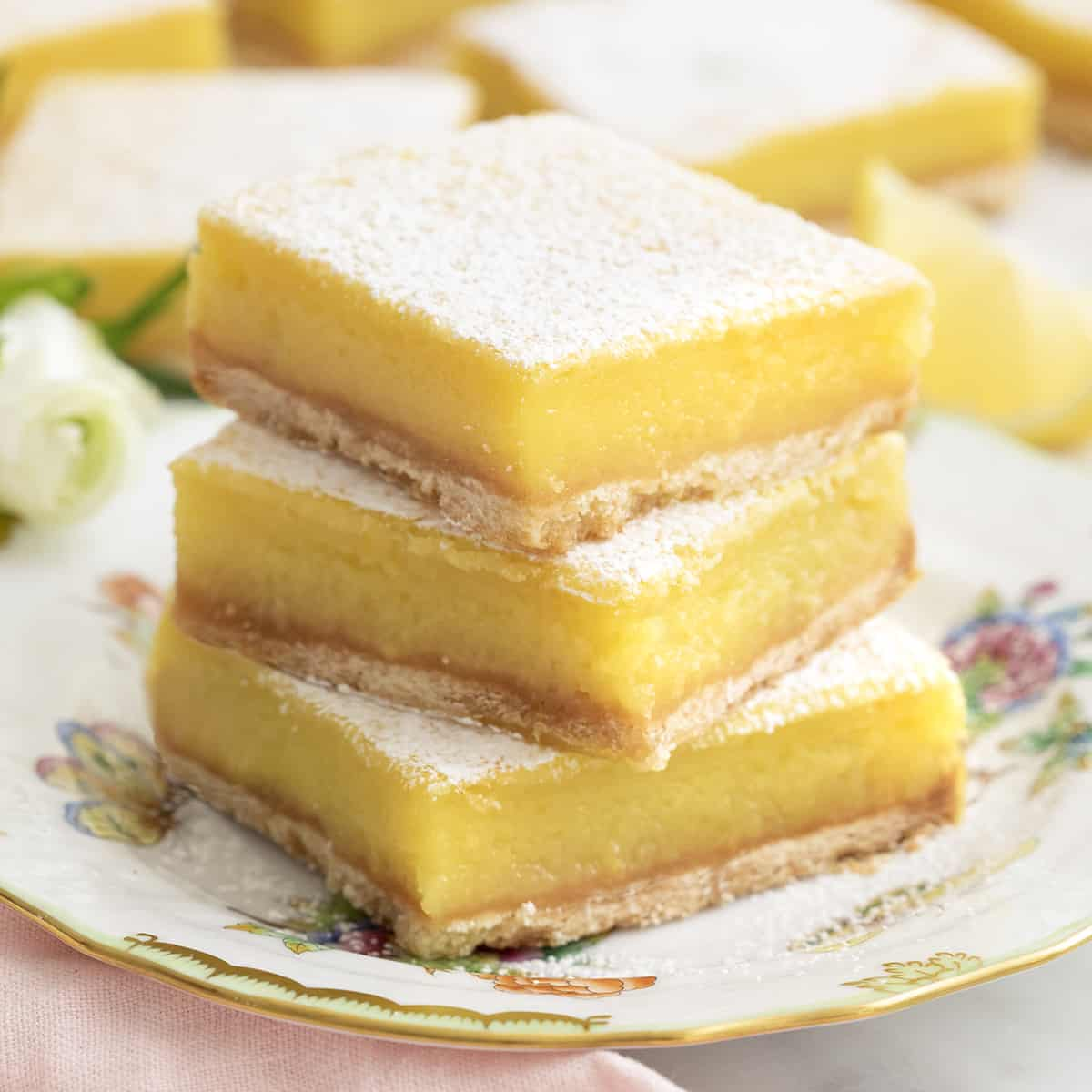
Whatever you choose, don't forget to save your used-up lemon rinds! Even when zested, juiced, cut, and otherwise abused, they're the basis of my no-cook Fresh Lemon Syrup. It's great to have for whipping up everything from cocktails to vinaigrette, but it's also the key to a few citrusy garnishes that'll make the neighbors js: Lemon Chantilly and crispy candied pistachios.
Together, they make a community of citrus anyone would want to live in...or eat.



